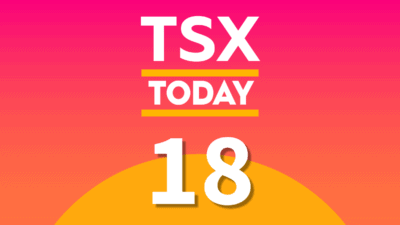The Canadian government’s under a lot of pressure from opposition leaders and business owners to change or put an end to the Canada Emergency Response Benefit (CERB) program. Not only are some people applying for CERB who aren’t eligible, but it’s also incentivizing people not to return to work.
In a recent interview on BNN Bloomberg, Dream Office Real Estate Investment Trust (TSX:D.UN) CEO Michael Cooper said, “People are getting addicted to getting paid and not working and coming off that is going to be hard.” And if CERB recipients aren’t returning to work even though they’re able to do so, that could impact their eligibility to receive the payments.
Why the Canada Revenue Agency may request CERB payments be paid back
Even if you’re eligible to collect CERB, you could still end up paying it back if you make one of these mistakes.
The first is simply refusing to go back to work if your employer wants to hire you back. Since your employment records are tied to your social insurance number, the government would quickly be able to trace whether a CERB recipient quit their job and made themselves ineligible to receive payments.
And that’s what could happen, as refusing to go back to work could result in your employer issuing you a record of employment indicating you resigned. The penalty from the CRA would mean that you would no longer be eligible for CERB and may even need to pay back a payment, depending whether you quit during a four-week eligibility period when you received CERB payments.
Another way to jeopardize your CERB eligibility is if you work too much. You can make up to $1,000 during a four-week CERB period, but if you come in over that threshold, then you’ve earned too much and the CRA will likely ask you to return the CERB payment.
One way you can work and still collect recurring income
Like CERB payments, dividend stocks pay you money whether or not you’re working. Investing in a real estate investment trust (REIT) like Dream Office can be a good way to accomplish that. The REIT pays a monthly dividend of $0.08333.
If you were to buy shares of the REIT at around $20, that would translate into a dividend yield of 5% per year. Investing $25,000 into Dream Office at that price would generate $1,250 for your portfolio every year, which would paid out in monthly installments of a little over $104.
While it’s nowhere near the same size of the CERB payment, it can help you pay a bill or two. And if the investment is inside a Tax-Free Savings Account (TFSA), you don’t need to worry about paying taxes on. CERB, however, is a taxable benefit.
In addition to a monthly payout, investing in a stock like Dream Office can generate income in other ways. If the stock goes up in price, you’ll have the ability to sell it at a profit — which is non-taxable if the investment is held inside a TFSA.
By building up your savings and investing in dividend stocks you can supplement your income even if you’re not collecting CERB.







